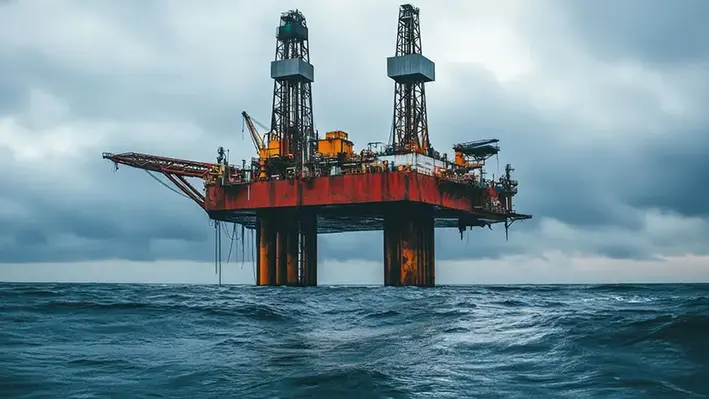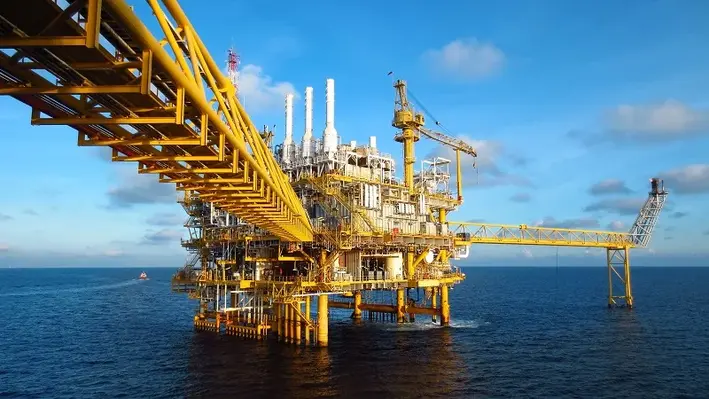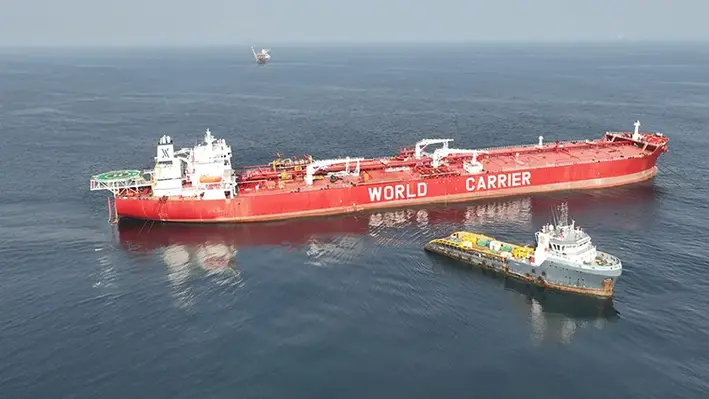 The UK’s North Sea Transitions Authority (NSTA) has highlighted the role of new technologies in making P&A operations more efficient and cost-effective, and the potential of the UKCS as a test bed for pioneering P&A technologies which could be rolled out in other basins, such as the Gulf of America.
The UK’s North Sea Transitions Authority (NSTA) has highlighted the role of new technologies in making P&A operations more efficient and cost-effective, and the potential of the UKCS as a test bed for pioneering P&A technologies which could be rolled out in other basins, such as the Gulf of America.
Nowhere is the need for new technologies to improve operations more acute than the Gulf of America, given that around 2,300 non-producing wells are scheduled for plugging and abandonment by this year, with decommissioning costs forecast at between US$40-US$50bn and environmental compliance expenses continuing to grow.
Active innovation
In the NSTA Technology Survey and Insights 2024, which raises awareness of solutions and approaches operators are using in the UKCS, the NSTA highlights that Well P&A, the most expensive part of the decommissioning process, is a field of active innovation, driven by both vendors and operators and including through-tubing logging, barrier placement, and downhole wireless sensing.
It highlights that there has been progress in introducing novel barrier materials and deployment techniques, and tools for removing control lines from downhole gauges. It notes that modular workover rigs for platforms and light well intervention vessels for subsea abandonments can lower P&A costs when compared to the use of standard rigs.
In the area of well inspection and cement condition, there are several emerging technologies including multi string logging for barrier verification and assessing cement quality behind the production casing.
There are several examples of conductor cutting techniques reported in the survey, with one operator confirming deployment of a combined hydraulic cutting tool with a pinning tool to allow combined cutting and pinning operations.
In the area of barrier placement and verification, operators are using deployable technologies such as through tubing abandonment, ongoing field trialling of non-alloy barriers, fusion-based alloy plugs, and suspended well abandonment tools for rigless abandonment using lower cost vessels. One operator plans to use self-healing cement to incorporate downhole gauge cables which prevent effective plug setting. Emerging technology is being progressed through trials of novel abandonment techniques.
Operators are considering light well intervention vessels for subsea open-water abandonments and subsea shut-off devices for open-water tubing retrieval. Emerging technology includes novel approaches for breaking the cement bonds on casing strings, with the swarf recovery unit and a casing recovery system being new developments.
The survey also highlights the use of innovative solutions for improving well access for interventions, low-cost platform workover rigs/modular drilling rig systems, rigs specifically configured for well P&A, and riserless P&A systems. The latest innovations include an inside casing status visualisation technology, subsea vessel based fishing tools and a casing expander tool.




